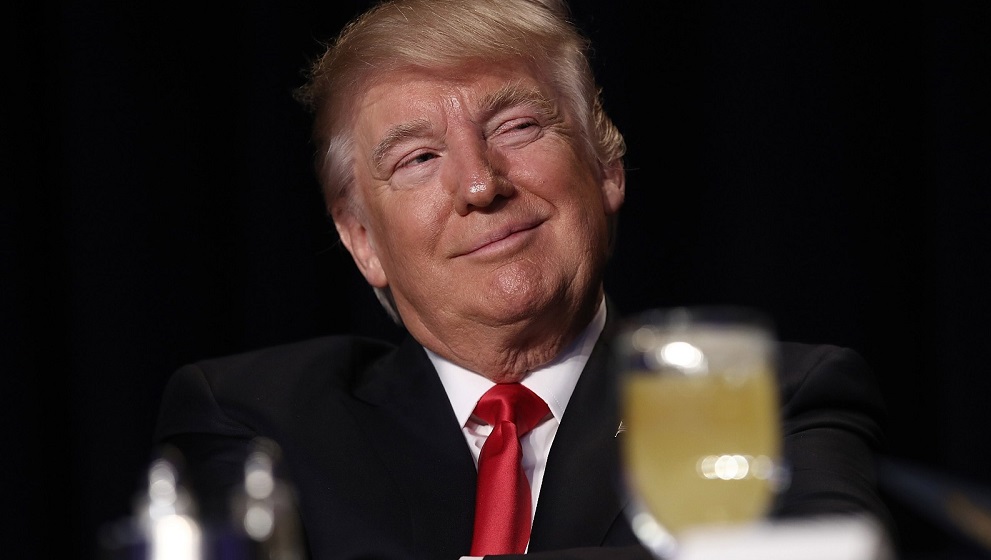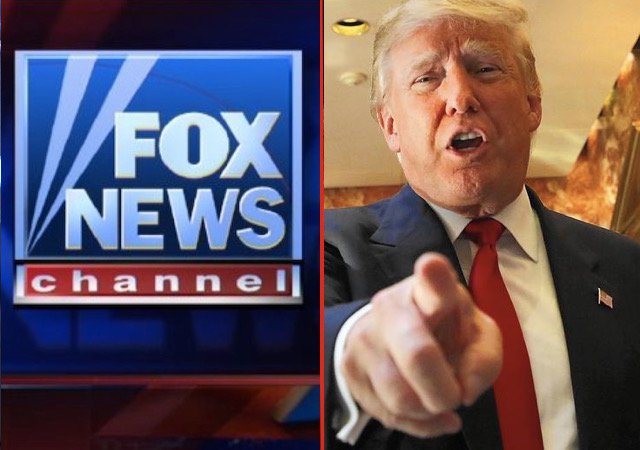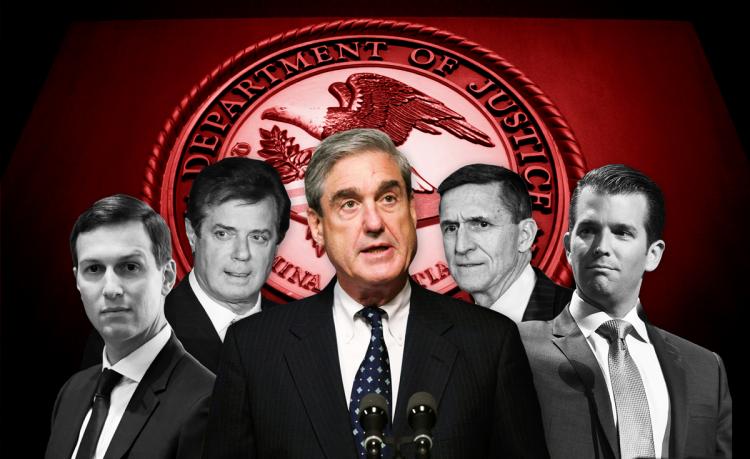
President Donald Trump is a big believer in putting out so many statements that the law of averages will prove to get at least one thing factually correct. This proved to be true at a recent rally where Trump got a much-needed ego recharge from his supporters.
“There’s been no first year like this,” he told a Florida rally last month.
Were truer words ever spoken?
This Department of Corrections has certainly never seen a first year like this. Falsehoods and exaggerations have tumbled relentlessly out of Trump’s Twitter account, speeches, and interviews, the vast majority in service of his ego.
Other presidents have skewered the truth — George W. Bush on the pretext for the Iraq war, Barack Obama on the benefits of “Obamacare” — but Trump is of a different order of magnitude.
The president routinely presents his intended actions as achievements (“Obamacare” is dead, money is “pouring” into NATO), and inflates the significance of what he’s done (calling his tax cuts the biggest ever and his accomplishments unrivaled in history — neither true). He exaggerates the problems he inherited (roads and bridges are in “total disrepair and disarray,” the border was “wide open”), lays out fanciful goals (6 percent economic growth), and doesn’t learn from mistakes. Instead, he repeats them.
Moreover, Trump often bypasses the vast information-gathering apparatus that reports to him in favor of getting his reality from TV or just his gut.
Some trends and highlights in his misstatements since taking office:
Art of the Biggest and Bestest
Trump doesn’t do big tax cuts. He does the biggest ever. He doesn’t win an election. He scores a “landslide.” He doesn’t just make the Veterans Affairs Department run better. He drives out the “sadists.”
In fact:
—The December tax overhaul ranks behind Ronald Reagan’s in the early 1980s, post-World War II tax cuts and at least several more.
—His 2016 win ranks as the 13th closest of the 58 presidential elections in U.S. history, according to a tally by Claremont McKenna College political scientist John Pitney. It was no landslide. His winning percentage in the Electoral College was just under 57 percent, narrower than both of Obama’s wins (61 percent in 2008 and 62 percent in 2012) and all but two of the last 10 presidential elections. Also, he lost the popular vote to Democrat Hillary Clinton.
—Despite his boasts that incompetent VA employees are being swiftly removed — and enactment of a mid-year law that expedites that process — more VA employees were fired in Obama’s last budget year than in Trump’s first.
Mission Not Quite Accomplished
Trump sees things the way he wants them to be and presents them as if that’s how they are.
“You know, we have factories pouring back into our country. Did you ever think you would hear that?” ″I urged our NATO allies to do more to strengthen our crucial alliance and set the stage for significant increases in member contributions. Billions and billions of dollars are pouring in because of that initiative.” ″Jobs are pouring back into our country.”
In fact:
—Factories are not pouring “back” into the country, nor are they sprouting up domestically in big numbers. When he made his claim, in December, spending on the construction of factories had dropped 14 percent over the past year, continuing a steady decline since the middle of 2015. As for jobs “pouring back into our country,” Trump hopes his tax overhaul will make that happen, but it hasn’t yet. The economy added about 170,000 new jobs a month during Trump’s first year. That was slightly below the average of 185,000 in 2016.
Manufacturers stepped up hiring, adding 196,000 jobs in 2017, but they added more in 2011 and 2014.
—Money isn’t pouring into the NATO organization and it won’t be. What Trump really means is that he’s pushing NATO members to increase their own military budgets so the U.S. won’t carry such a heavy load. NATO members agreed during Obama’s presidency to increase their military spending in the years ahead. Whether Trump has accelerated that remains to be seen.
Apocalyptic Future
Trump makes the state of the union look better under his watch by making the past look as dark as can be. Before him, the U.S. “left our own border wide open. Anybody can come in.” The U.S. armed forces were all but in ruins. The health law he inherited and has tried to dismantle is a disaster that “covers very few people,” and is essentially “dead.” Previous presidents “put American energy under lock and key.”
Actually:
—The U.S. border was far from porous before Trump took office. The number of arrests of illegal border crossers – the best measure of how many people are trying to cross illegally – was at a 40-year low before Trump’s influence on border policy was felt. The government under presidents George W. Bush and Obama roughly doubled the ranks of the Border Patrol in the past decade or so. Obama was derided by pro-immigrant advocates as “deporter in chief” for the hefty numbers of people he sent home before easing deportations of certain groups later in his presidency.
—Obamacare was covering about 20 million people when Trump described the numbers as “very few.” The majority is from the law’s Medicaid expansion. The other driver of coverage, plans sold in the subsidized individual insurance market, drew roughly 9 million signups for 2018 despite a much shorter enrollment season, and cuts in the ad budget and federal payments to insurers. The new tax law ends the Obamacare fine for lacking insurance, starting in 2019. That repeals a major component of Obama’s law, but other critical parts of the law remain in place.
—Energy production was not imprisoned under previous administrations. It was unleashed, particularly during Obama’s presidency, largely because of advances in hydraulic fracturing that made it economical to tap vast reserves of natural gas. Oil production also greatly increased, reducing imports. Before the 2016 presidential election, the U.S. for the first time in decades was getting more energy domestically than it imports. Before Obama, Bush was no adversary of the energy industry.
Despite Trump’s rhetoric about U.S. energy production, one of his most consequential actions as president has been to open the U.S. to another source of foreign oil, with his approval of the Keystone XL pipeline from Canada.
Guided By TV (FOX News and that gut instinct)
Trump forms instant impressions about what he sees on TV or otherwise hears about and shares those views, just as the average person does on social media or over coffee. The difference is that a president stands at a bully pulpit and his visceral reactions can change the world.
—Trump strained relations with Britain by retweeting videos spread by a far-right British fringe group that purported to show Muslim extremism. “Muslim migrant beats up Dutch boy on crutches!” said the introduction to one video, which showed a young man attacking another who was on crutches. The attacker was not a Muslim migrant. He was a Dutch-born citizen who was arrested and sentenced for the crime. “Facts do matter,” the Dutch Embassy in Washington said in a tweet directed at Trump.
—The president puzzled plenty of people in February when he told a rally that immigration is spreading violence and extremism in Sweden, pointing to “what’s happening last night in Sweden.” Nothing extraordinary happened in Sweden the previous night, Feb. 17. It happened to be when Trump saw an analyst talking about the subject on Fox News.
But he soon claimed vindication of his statement anyway, telling Time magazine the next month: “I make the statement, everyone goes crazy. The next day they have a massive riot, and death, and problems.”
That wasn’t right, either. Two days after his rally, a riot broke out in a largely immigrant neighborhood after police arrested a drug crime suspect. Cars were set on fire and shops looted, but no one was killed. Attacks in the country related to extremism remain rare; the biggest surprise for many Swedes was that a police officer found it necessary to fire his gun.
—When an Amtrak train hurtled off the tracks in Washington state in December, killing three people and injuring dozens, Trump’s first impulse was to make a plug for his infrastructure plan. Only after that did he offer thoughts and prayers for the victims and thanks for rescuers. His opening tweet: “The train accident that just occurred in DuPont, WA shows more than ever why our soon to be submitted infrastructure plan must be approved quickly. Seven trillion dollars spent in the Middle East while our roads, bridges, tunnels, railways (and more) crumble! Not for long!”
Although he jumped to his conclusion within a few hours of the crash, it’s taking investigators months to reach a conclusion that is informed by the facts. But this much was obvious right away: The train was making its inaugural run along a fast, new route, not a crumbling line of the type that would be a priority of a national infrastructure plan. And the train was going over twice the speed limit.
Who Do You Know and Not Know
Trump has claimed to know certain people well, only to circle back to say he hardly knew them all. His familiarity with them has varied according to political circumstance.
So it was when George Papadopoulos, a Trump campaign adviser, pleaded guilty in October to lying about his Russian interactions. “Few people knew the young, low-level volunteer,” Trump tweeted in response. After naming Papadopoulos to his campaign’s foreign policy advisory council in March 2016, Trump called him an “excellent guy” and tweeted a photo of his council meeting with Papadopoulos among several advisers.
Steve Bannon got such treatment months before his ouster as White House strategist last year.
Trump said he had known him for “many years” when Bannon became his campaign chief in August 2016. When Bannon’s tenure as White House strategist was getting dicey in April, Trump said “I didn’t know him” when Bannon was named campaign CEO.
Trump and Bannon had known each other for five years when the Republican candidate, a month after accepting the nomination, made him campaign chief.
David Bossie, who was deputy campaign manager, told media outlets he introduced them in 2011 at Trump Tower and they grew to know each well, as Trump appeared multiple times on Bannon’s Breitbart radio show. Bannon interviewed Trump at least nine times in 2015 and 2016 and members of his family and campaign on many other occasions. “They believe in each other’s agendas, which is why they have grown so close,” Bossie said.



